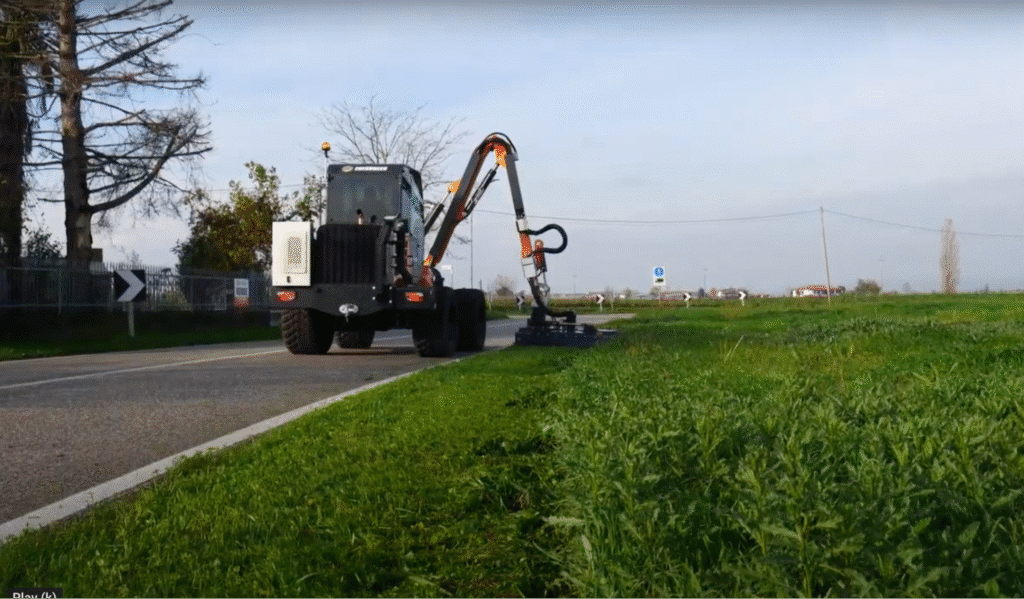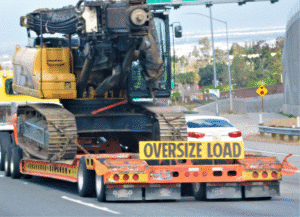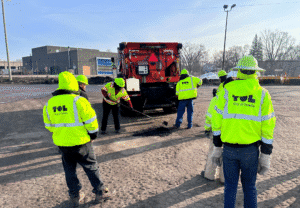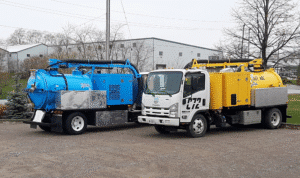When purchasing equipment for applications like sewer and water management, roadway and highway maintenance, snow and ice control, or landscaping, it is critical to look well beyond the initial price tag. Decision-makers in municipalities, large contracting firms, and similar industries must consider how factors such as durability, efficiency, after-sales support, and potential for customization can influence the long-term value of their investments.
With a holistic view of cost evaluation, organizations can reduce downtime, improve ROI, and ensure their operations run smoothly for years to come.
Understanding the True Cost of Equipment
Evaluating a piece of equipment goes far beyond examining its sticker price. While upfront expense is the easiest metric to notice, a machine’s performance, maintenance schedule, and lifecycle costs can have a much greater impact on overall value. For example, investing in robust roadway and highway maintenance equipment built to endure heavy use often translates to fewer repairs and longer stretches of reliable service.
The Hidden Costs: Upfront Price vs. Long-Term Value
An appealing purchase price can be deceptive if you are left with frequent repairs. For instance, a low-cost sewer cleaning truck might appear to save money initially but can lead to significant downtime if its components wear out quickly. Conversely, higher-quality machinery—like well-engineered sewer cleaning trucks—often come with sturdier parts, reducing future repair expenses and helping maintain operational continuity.
Key Factors Affecting Equipment Costs
Several elements play a role in total ownership costs:
- Type of Equipment: Sophisticated attachments and features might push up the initial investment but increase efficiency and accuracy in the field.
- New vs. Used: New equipment offers up-to-date technology and warranties, while well-maintained used machinery or reconditioned models can be more budget-friendly if thoroughly inspected.
- Customization: Tailoring your vehicles or tools—such as adding specialized nozzles for vacuum excavation solutions—can deliver both immediate and long-term savings by making operations more efficient and reducing labor-intensive tasks.
5 Considerations for Evaluating Equipment Costs and Value
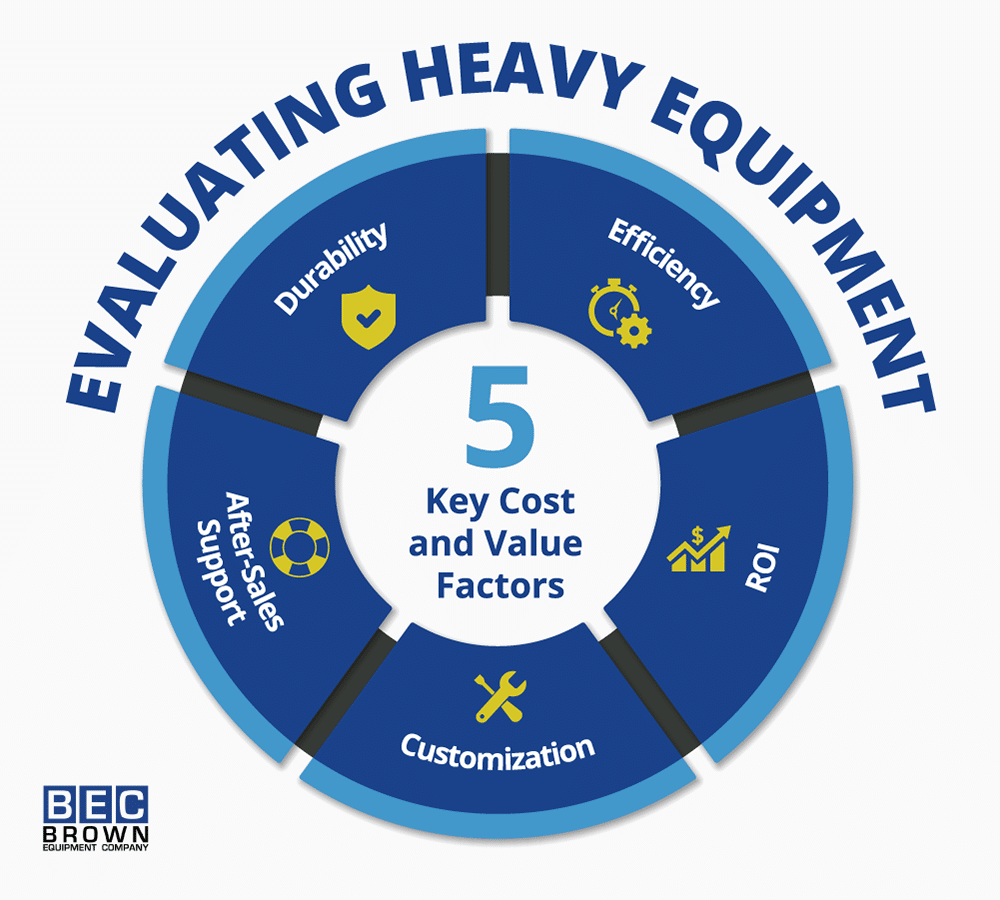
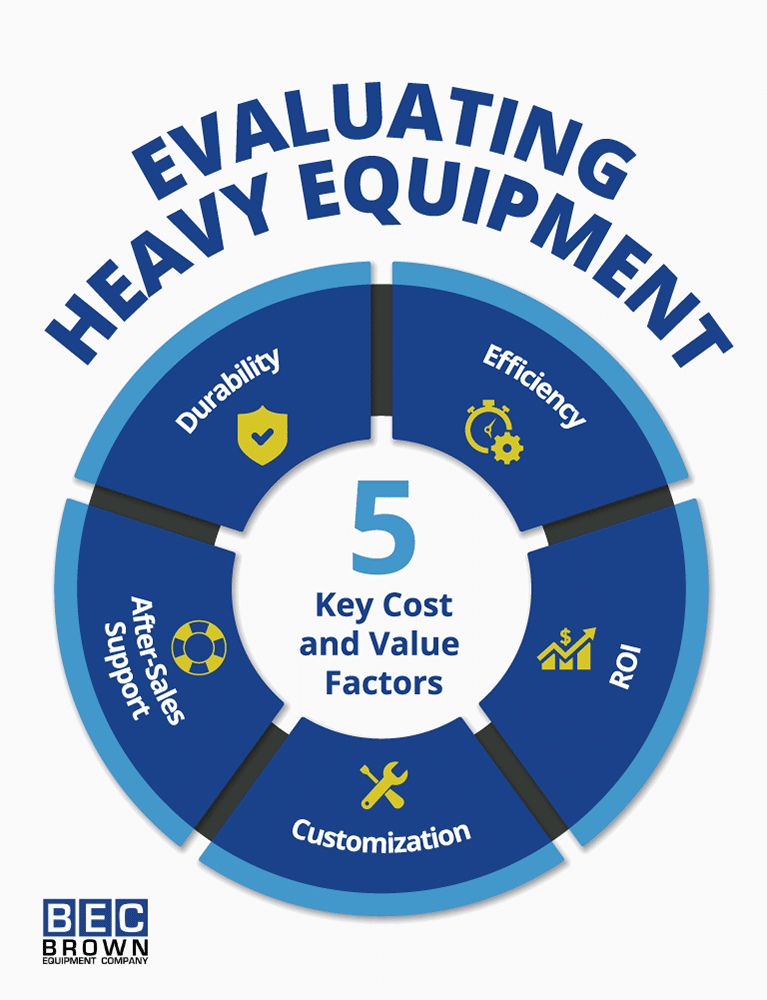
When evaluating the cost of equipment against the value it will bring, it is essential to consider a comprehensive range of factors that go beyond the initial purchase price. These factors include the equipment’s durability, efficiency, and the potential return on investment.
Understanding the lifecycle costs and maintenance requirements can provide a clearer picture of the equipment’s true value over time. Additionally, how well the equipment can be customized to meet specific operational needs, as well as the quality of after-sales support, plays a critical role in determining the overall worth of the investment. In the subsequent sections, we will explore these vital considerations in detail to ensure informed decision-making and optimal equipment selection.
1. Evaluating Equipment Durability and Reliability
Durability and reliability should always be top priorities. Municipalities and contract crews rely heavily on their machinery to accomplish critical tasks. Choosing equipment designed to perform under strenuous conditions often means fewer interruptions and a stronger return on investment.
The Impact of Build Quality and Materials
Harsh operating environments—whether from salt roads in winter or gritty debris in sewer lines—place heavy demands on equipment. Quality dealerships source their equipment from smart manufacturers who value robust construction and high-grade materials, ensuring they hold up under challenging conditions. That resilience leads to minimal downtime and fewer unexpected repair bills.
Ensuring Operational Continuity Through Reliability
A well-built piece of equipment dramatically reduces the risk of costly work stoppages. Sewer and water management efforts, for instance, often cannot afford extended downtime. Reliable trucks and machines with built-in safeguards, like corrosion-resistant parts, allow crews to stay on schedule and avoid unnecessary expenses.
Municipal fleet managers often note that inconsistent performance can lead to scheduling disruptions, forcing costly overtime or rerouting of critical tasks. For example, a city relying on substandard street sweepers may face repeated breakdowns that disrupt routine cleaning schedules, leading to citizen complaints and environmental hazards. Opting for durable, highly reliable models not only stabilizes daily operations but can also help local agencies plan budgets with greater accuracy, knowing they are less likely to incur unplanned repair expenses.
2. Assessing Equipment Efficiency and Operational Performance
Efficient machinery delivers tangible benefits in terms of manpower, time savings, and resource consumption. From multi-function road maintenance trucks to safety equipment that simplifies jobsite coordination, efficiency can drive major improvements in any organization’s operations.
How Efficiency Reduces Operational Costs
Machines that consume less fuel, minimize water usage, or reduce manual labor translate into direct savings. An example of this would be a combination sewer cleaning truck with water recycling technology—that help municipalities and contractors cut operating expenses while still completing projects effectively.
Key Features to Identify in Efficient Equipment
When evaluating an equipment’s efficiency:
- Engine Performance: A powerful yet fuel-efficient engine reduces daily running costs.
- Technology Integration: Modern features and digital diagnostics can speed up troubleshooting and provide rich data on performance.
- Multifunctionality: Versatile machines eliminate the need for multiple pieces of equipment, consolidated into one robust solution.
3. The Role of After-Sales Support in Equipment Value
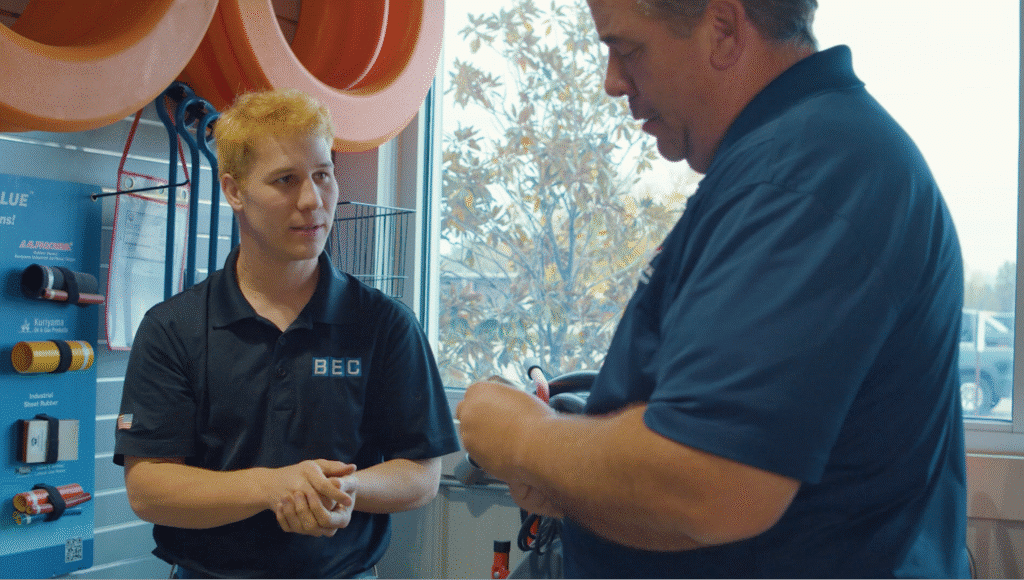
Comprehensive after-sales support is vital for extending the life of any machinery. Look for an equipment provider that ensures customers have convenient access to OEM parts and timely maintenance, which lowers the risk of major failures and keeps your operations moving.
Maintenance and Repairs: Minimizing Long-Term Expenses
Routine checks and manufacturer-approved repairs prevent small issues from turning into large-scale breakdowns. For example, Brown Equipment Company is a full service dealership who offers maintenance & repairs for equipment regardless of where it was purchased, ensuring your fleet maintains its performance standards.
In fact, well-planned preventative maintenance schedules can drastically lower the frequency and severity of repairs. An investment in regular inspections and thorough part replacements may experience up to 30% reduced downtime, according to a proactive maintenance study. This proactive approach extends equipment service life, maximizing returns on each dollar spent.
Access to OEM Parts: Getting Back to Work Faster
Delays in sourcing parts can create significant downtime. Having a vendor who stocks a wide range of brand-specific components speeds up repair times and alleviates strain on critical projects.
Operator Training: Maximizing Equipment Potential
Proper training plays a significant role in preventing misuse and damage. Look for an equipment provider who offers lunch and learns, workshops, or comprehensive operator instruction at equipment delivery to help their customers operate their machines with confidence, reducing costs tied to accidents or inefficient operation.
4. Customization and Specialized Solutions for Optimal Value
Standard “off-the-shelf” equipment may not always meet your unique operational requirements. For example, Brown Equipment Company can customize and fabricate attachments or design specialty builds to address site-specific challenges.
Why Customization Matters for Specific Operational Demands
Each industry has distinct challenges—some tasks call for specialized traction systems, unique attachments, or enhanced features like more powerful vac systems for hydro excavation. By investing in precisely what you need, you can avoid extra overhead costs and improve project outcomes.
The Value of Fabrication and Performance Enhancements
From reconfiguring controls to adding heavy-duty nozzles, small modifications can lead to measurable improvements in workflow and equipment longevity. While custom builds require an upfront investment, they often result in considerable labor and time savings across the machine’s lifespan.
5. Evaluating Lifecycle Costs and Total Cost of Ownership
Total Cost of Ownership (TCO) encompasses every expense tied to a piece of equipment—from purchase price to ultimate resale or disposal. Factoring in maintenance schedules, parts availability, operator training, and general wear helps clarify which model will provide the best value in the long run.
Accounting for All Lifecycle Costs
A well-rounded TCO assessment includes:
- Maintenance and Repairs: Frequent upkeep can extend equipment life.
- Operational Expenses: Fuel and other consumables remain major considerations for large machines or extended usage cycles.
- Training and Downtime: Proper training reduces error-related downtime.
- Resale Value: High-quality brands usually hold their value better, recouping more costs if you decide to sell or trade in equipment.
Benefits of Investing in High-Quality Equipment
Premium equipment often combines sturdy parts, intelligent technology, and robust warranties, safeguarding against long stretches of downtime. Sort through your operational requirements to decide whether one versatile machine can replace multiple older ones, streamlining labor needs along the way.
Common Mistakes to Avoid When Evaluating Equipment Costs
Even experienced buyers can adopt a narrow or short-term perspective. Avoiding these pitfalls saves both time and money:
Overlooking Lifetime Costs in Favor of Upfront Price
Budgeting purely by initial cost may lead to inflated maintenance fees later. Buying a quality machine from a trusted provider like Brown Equipment Company can spare you frequent part replacements, prolonging the life of your investment.
Ignoring the Importance of After-Sales Support
Maintenance intervals, readily available parts, and knowledgeable repair technicians are crucial. Equipment downtime can become a logistical nightmare without dependable assistance.
Mismatched Equipment to Specific Needs
Without aligning decisions to your unique conditions—steep landscape, severe cold, or limited maneuvering room, for example—you risk performance gaps and safety hazards. Consult experts who understand your use cases and can recommend the right solutions.
Underestimating the Impact of Training
Operator error is a major contributor to premature wear and tear. Thorough training programs help reduce misuse, preventing unnecessary damage and boosting overall productivity.
Tips for Making an Informed Equipment Purchase Decision
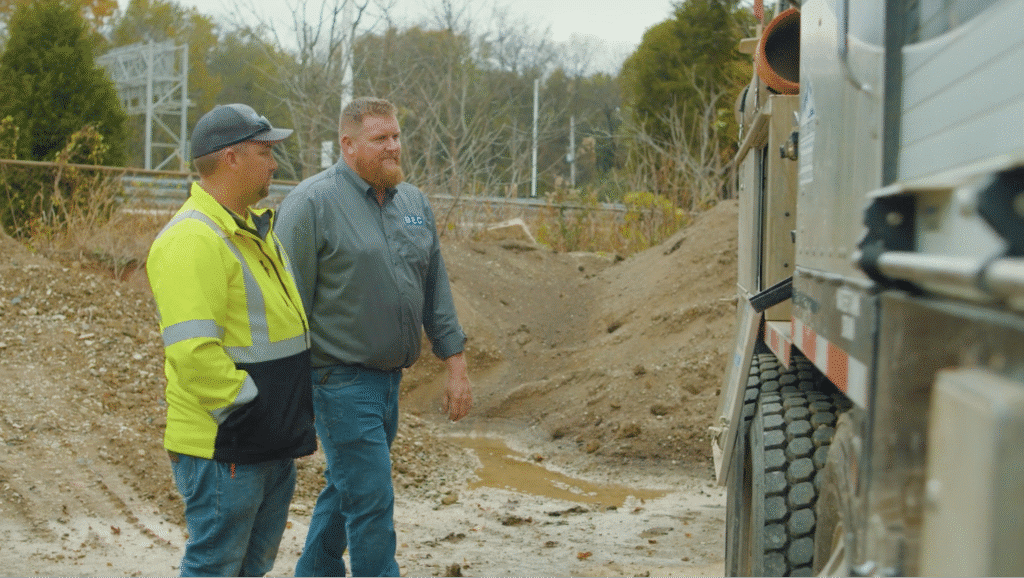
Approaching the procurement process with clear objectives prevents unexpected setbacks. Arm yourself with research and a list of priorities, from durability and warranty coverage to future scalability.
Research and Compare Suppliers
Look into suppliers’ reputations, service offerings, and product lines. Check whether their fleets align with your operational goals. Brown Equipment Company, for instance, offers solutions for everything from advanced inspection technology to winter maintenance vehicles, backing each sale with dependable customer support.
At Brown Equipment Company, our culture is built around the core values that drive our success: passion, accountability, teamwork, and continuous improvement. Through the BEC Blue initiative, we celebrate our shared values and commitment to putting service first, finding solutions, and holding ourselves accountable.
Watch the video below to learn about the dedication, collaboration, and sense of accomplishment that define the BEC team.
Consider Warranties, Training, and After-Sales Services
A robust warranty can offer peace of mind. Select a supplier that provides accessible training, prompt maintenance, and service teams are dedicated to ensuring every piece of equipment operates at peak efficiency.
Test Equipment with On-Site Demonstrations
Hands-on testing at your location is an excellent way to gauge how a piece of machinery will handle real-world demands. Brown Equipment Company offers free on-site demonstrations so you can see operation, ergonomics, and performance features firsthand.
Ask the Right Questions Before Buying
Dig into key details:
- Are replacement parts easily accessible?
- What operator training options are offered?
- Are there maintenance plans or extended warranties?
- Will the equipment integrate seamlessly with existing fleets?
Think Long-Term with Scalability in Mind
Businesses evolve over time. Equipment with compatibility for attachments or the capacity to tackle multiple roles can save substantial capital by eliminating the need for entirely new purchases down the road.
Emerging Trends in Equipment Cost Evaluation
Technological advancements are reshaping heavy equipment. Smart sensors, in-depth data analytics, and real-time diagnostics provide better oversight of usage and upcoming maintenance needs. While these enhance operational awareness, remember that the core factors of build quality, reliability, and strong after-sales support remain the bedrock of any successful equipment investment strategy.
Get Guidance to Make the Right Decision

Evaluating equipment costs demands a comprehensive approach: look at durability, operational performance, customization potential, after-sales support, and the total cost of ownership. By focusing on long-term value, decision-makers can mitigate expensive breakdowns, reduce downtime, and achieve sustainable operations.
To learn more about our BEC Blue values and schedule a free on-site demonstration, contact Brown Equipment Company and benefit from our tailored solutions, reliable service, and customer-focused expertise.
